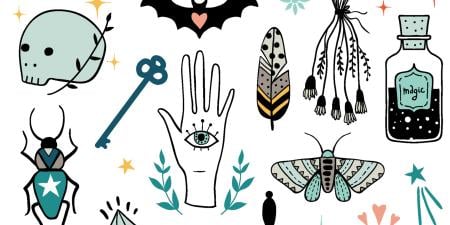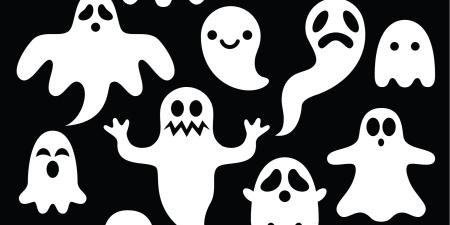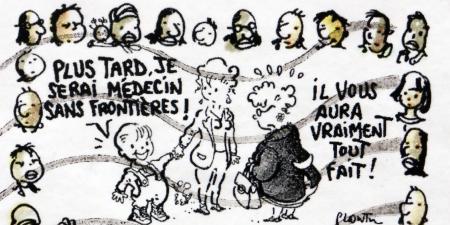Frankenstein: The Modern Prometheus
The spectre of Dr. Frankenstein's monster rose from young Mary Shelley's romantic imagination, but it reflected the growing unease with the science of the mid-19th century where the boundary between life and death was being challenged by physicians and scientists alike. Shelley's novel casts Dr. Frankenstein as the modern Prometheus—punished for reaching beyond the natural bounds of human life to steal fire from the gods. Frankenstein is rich in allegories for contemporary issues facing physicians regarding their goals in medicine and their responsibilities to their patients [1]. In these brief passages from the beginning of the novel, Dr. Frankenstein struggles with the recognition of both the scope and limits of his power over life and death, while the monster, having been created by the desires of the physician, struggles to understand the existence he is now living.
A Spark of Being
It was on a dreary night of November that I beheld the accomplishment of my toils. With an anxiety that almost amounted to agony, I collected the instruments of life around me, that I might infuse a spark of being into the lifeless thing that lay at my feet. It was already one in the morning; the rain pattered dismally against the panes, and my candle was nearly burnt out, when by the glimmer of the half-extinguished light, I saw the dull yellow eye of the creature open; it breathed hard, and a convulsive motion agitated its limbs.
How can I describe my emotions at this catastrophe, or how delineate the wretch whom with such infinite pains and care I had endeavored to form? His limbs were in proportion, and I had selected his features as beautiful. Beautiful! Great God! His yellow skin scarcely covered the work of muscles and arteries beneath; his hair was of a lustrous black, and flowing; his teeth a pearly whiteness; but these luxuriances only formed a more horrid contrast with his watery eyes, that seemed almost of the same color as the dun-white sockets in which they were set, his shrivelled complexion and straight black lips.
I had worked hard for nearly two years, for the sole purpose of infusing life into an inanimate body. For this I had deprived myself of rest and health. I had desired it with an ardor that far exceeded moderation; but now that I had finished, the beauty of the dream vanished, and breathless horror and disgust filled my heart. Unable to endure the aspect of the being I had created I rushed out of the room and continued a long traversing my bedchamber, unable to compose my mind to sleep.
Dr. Frankenstein accomplishes the supreme task of infusing life into a corpse, and yet his reaction is one of disgust at the hideous appearance of the monster. What are the goals of contemporary medicine? Health? Life? Beauty? And how do these goals shape our understanding of the physician's relationships to patients?
When the monster does not meet the expectations of Dr. Frankenstein he is rejected and abandoned by his creator. The monster finds himself alienated from the natural human order around him and struggles to create some meaning out of his existence.
But where were my friends and relations? No father had watched my infant days, no mother had blessed me with smiles and caresses; or if they had, all my past life was now a blot, a blind vacancy in which I distinguished nothing. From my earliest remembrance I had been as I then was in height and proportion. I had never seen a being resembling me... What was I?
How does this passage reflect the state of contemporary patients, who find themselves caught in a confusing web of technology and treatments? Do physicians have responsibilities to help give meaning to these experiences?
For further reflections on the allegories between Frankenstein and contemporary medicine, view the National Library of Medicine's online exhibit, Frankenstein: Penetrating the Secrets of Nature.
Articles and books on bioethics continue to expand in both number and the range of topics discussed: between 1989 and 1998, more than 4000 articles alone were published in MEDLINE-cited journals. Some of the major topics examined are the patient-physician relationship, end-of-life care, reproductive medicine, genetics, and the allocation of scarce medical resources. From these publications, we will be selecting a handful of articles and chapters, some of which reflect issues of perennial concern to physicians, others reflect more recent quandries resulting from advances in biomedical technology.
A new article or book chapter will be featured every month, accompanied by questions intended to guide readers along the path of ethical reasoning and to promote discussion.
References
-
Boris Karloff as the Monster in Frankenstein. Photofest. Available at: http://www.nlm.nih.gov/hmd/frankenstein/IIIB3t.gif. Accessed October 20, 1999.



